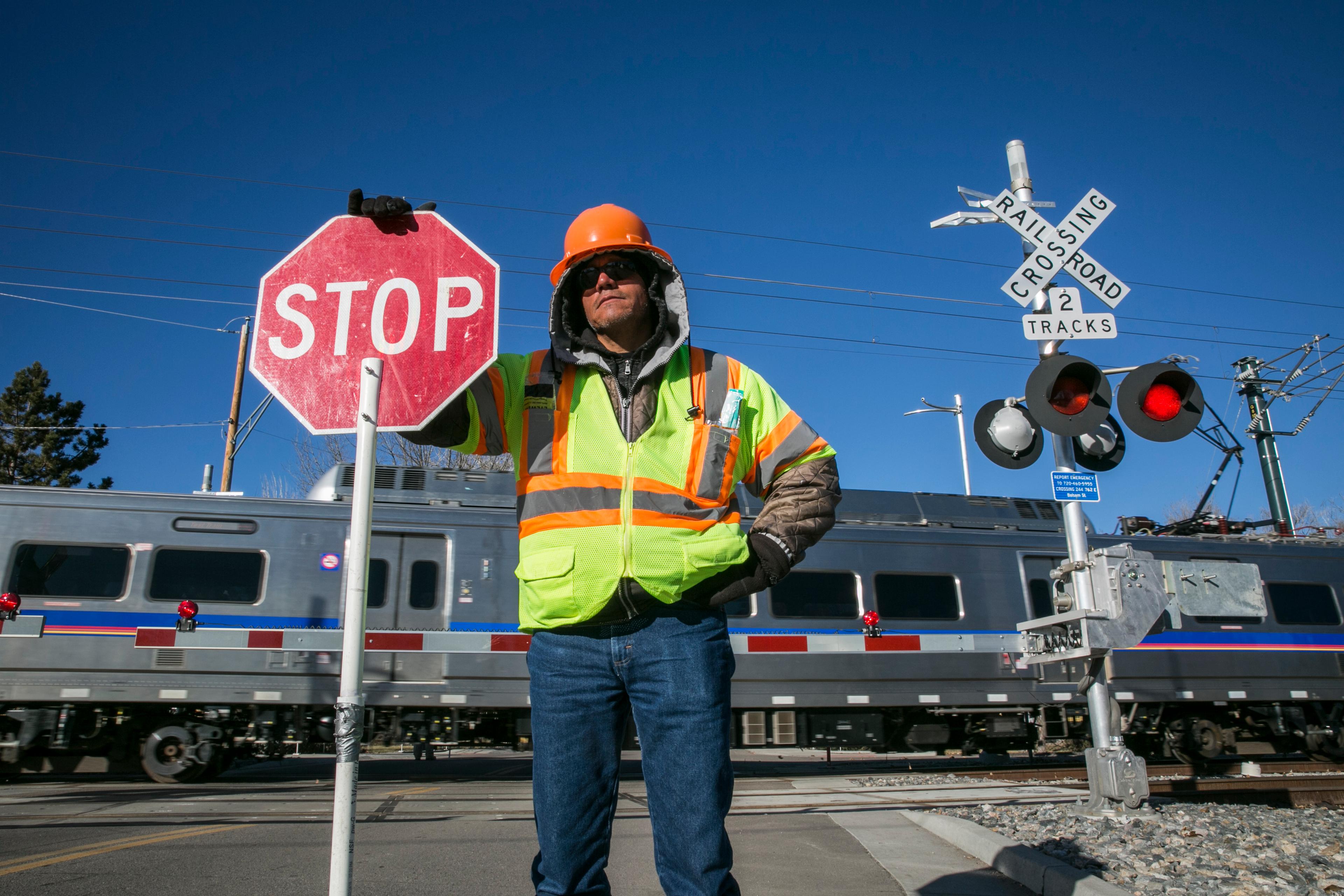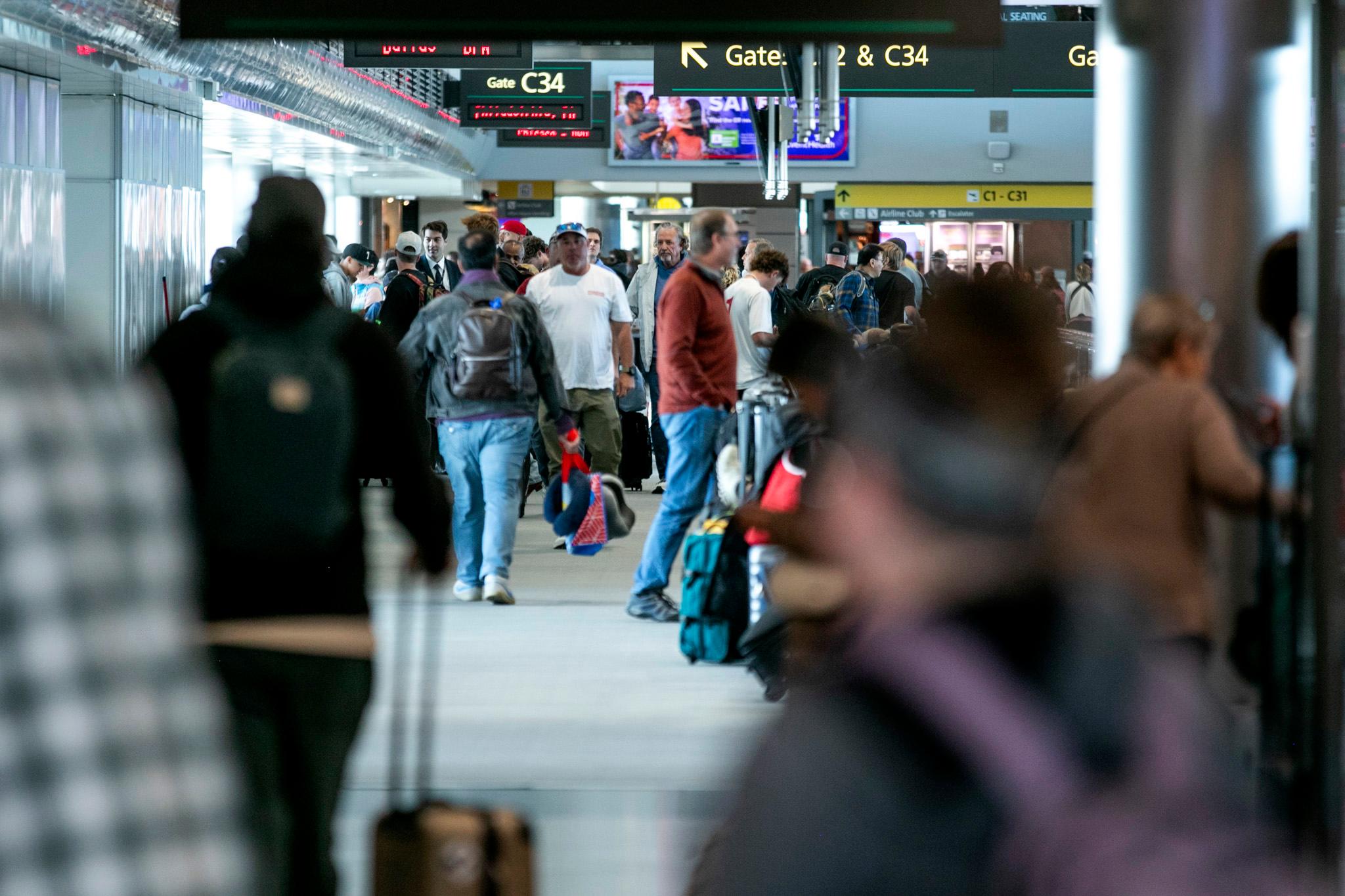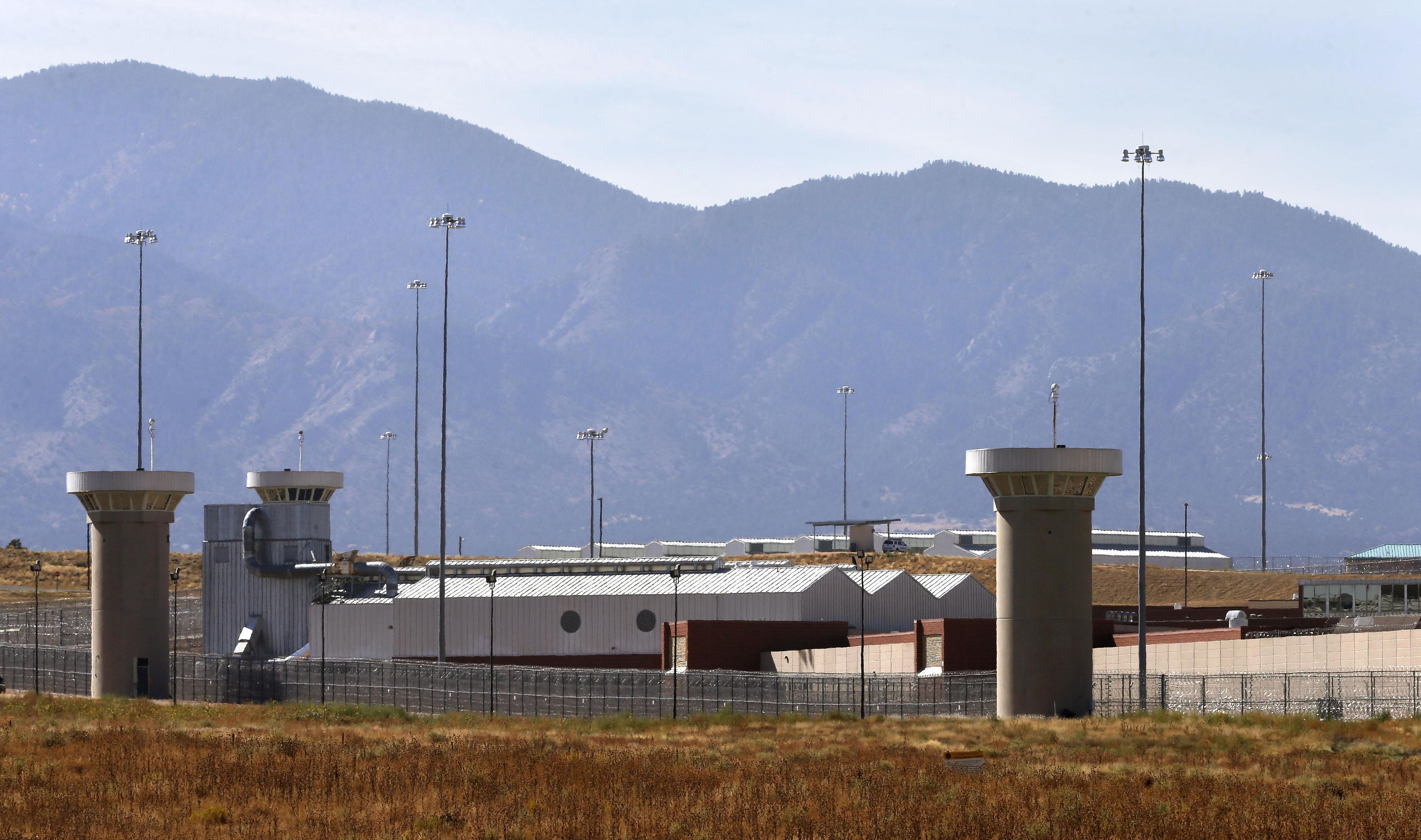
The Regional Transportation District put a small army of executives and consultants in front of a Public Utilities Commission administrative law judge on Thursday. Their task: Convince the regulatory agency to allow the long-delayed G Line to Arvada to open.
Now RTD has to wait for a verdict.
The hold-up in opening the line is over the wireless system that controls the A, B and G lines’ crossing gates -- they come down too early and stay down too long. State and federal officials required flaggers to be stationed at the A and B lines since they opened in 2016, and held up the opening of the G Line.
RTD and its contractor, Denver Transit Partners, have said they’ve made significant improvements to the system since then. The Federal Railroad Administration gave its OK to the system in the fall of 2017, as long as gate activations happen at least 20 seconds before the train reaches the gate. The FRA also allowed for a cushion of five seconds before and 15 seconds after the programed warning time.
But last September, the PUC turned down RTD’s request to start full testing on the G Line. The PUC’s rail/transit safety chief, Pam Fischaber, said then that wireless system was not meeting the standards RTD promised it would meet upon its initial approval years ago.
“RTD's concessionaire should abandon their wireless crossing activation system and find a system that will activate the required warning times at the crossing within the electrified power system environment,” she said at the time.
RTD appealed that denial, culminating in the five-hour hearing Thursday before PUC administrative law judge Robert Garvey. Mike Steffen, senior manager of rail solutions at HNTB, a consultant to Denver Transit Partners, told Garvey that the idea to dump the existing wireless crossing system and replace it is a bad one.
“There's no technology that can perform this well,” Steffen said, adding that it meets federal Positive Train Control standards. “It would be a huge expense for a downgrade in safety and performance."
Joseph Christie, an RTD rail official, told Garvey some variability should be expected. “That variability can come from trains slowing down to move through a work zone, or trains slowing and stopping at a particular crossing because a motorist hit or damaged a gate there. There can be trespassers on the tracks,” Christie said.
But Garvey, who struck a skeptical tone throughout the day, pushed back. Why, if variability was expected, he asked, did RTD not mention that in its initial application years ago?
"I think it was assumed that was a fact of railroad operations. And that the definition of constant warning time was that it's a relatively uniform warning time,” Christie replied.
Christie acknowledged there were “bugs in the system” a few years ago, but said they’ve been identified and corrected. RTD General Manager and CEO Dave Genova said back then, flaggers were appropriate. But he said they’ve been station at the crossings for too long. They’ve cost “tens of millions” of dollars, he said, and are themselves in danger.
He cited a Febuary 2017 collision between an A Line train and a van driver who intentionally stopped on the tracks as evidence. Debris flew through the air that an off-duty Aurora police officer had to run away from to avoid.
Garvey will prepare a report for the three PUC commissioners, who will in turn issue a decision. It’s not clear how long that process will take. Ultimately, the commissioners could give its stamp of approval for the G Line, allow all flaggers to be removed along the A and G lines, and for the quiet-zone application process with the FRA to move forward.









